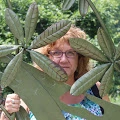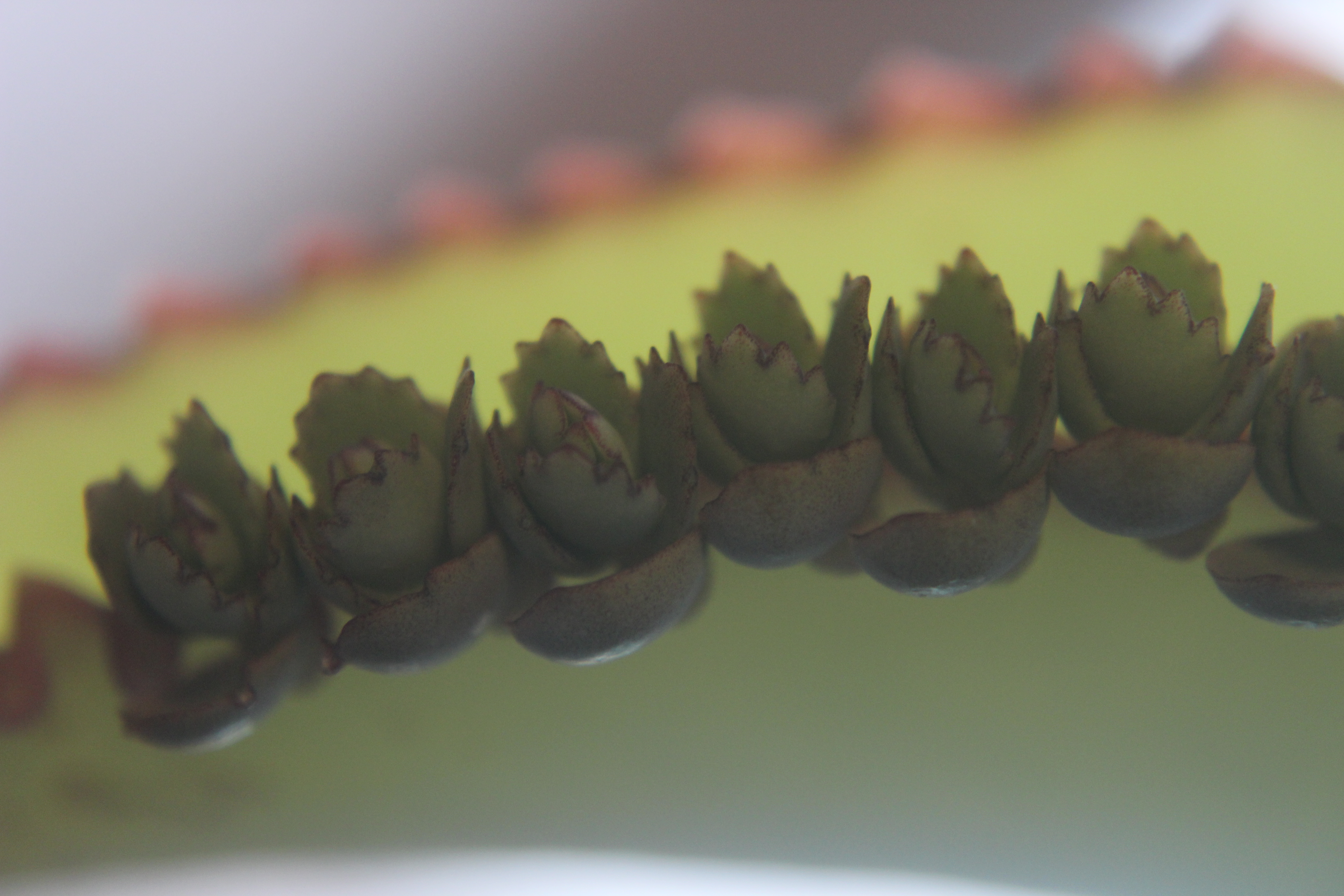I appreciate plants that survive and thrive on there own. Sedums do that.
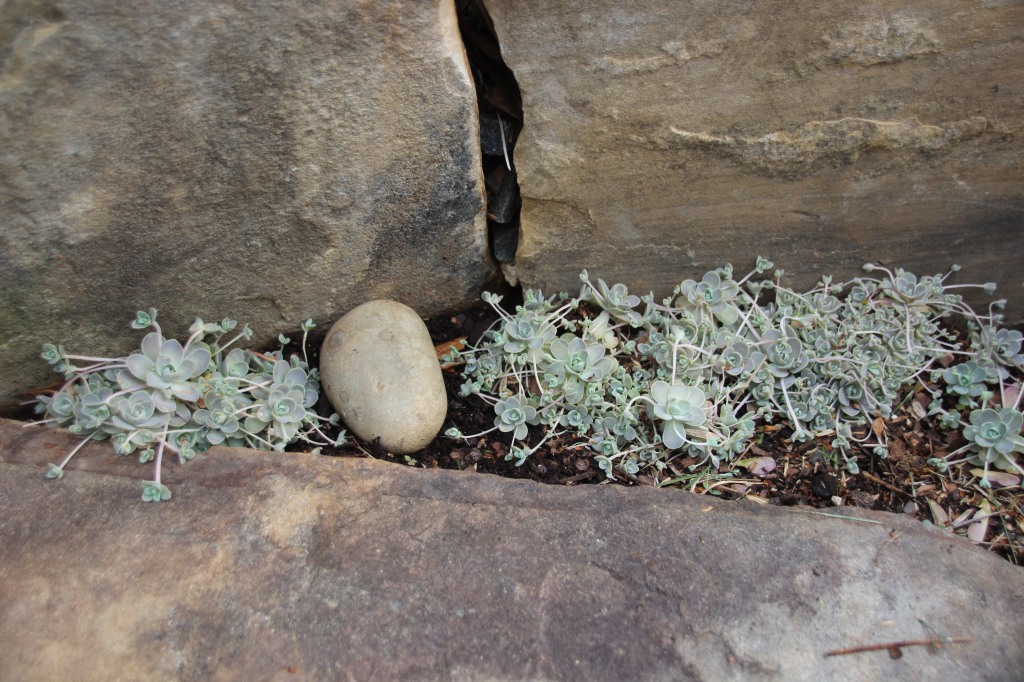
I have them growing in gravel and between rocks where they were dropped during moving and transplanting.
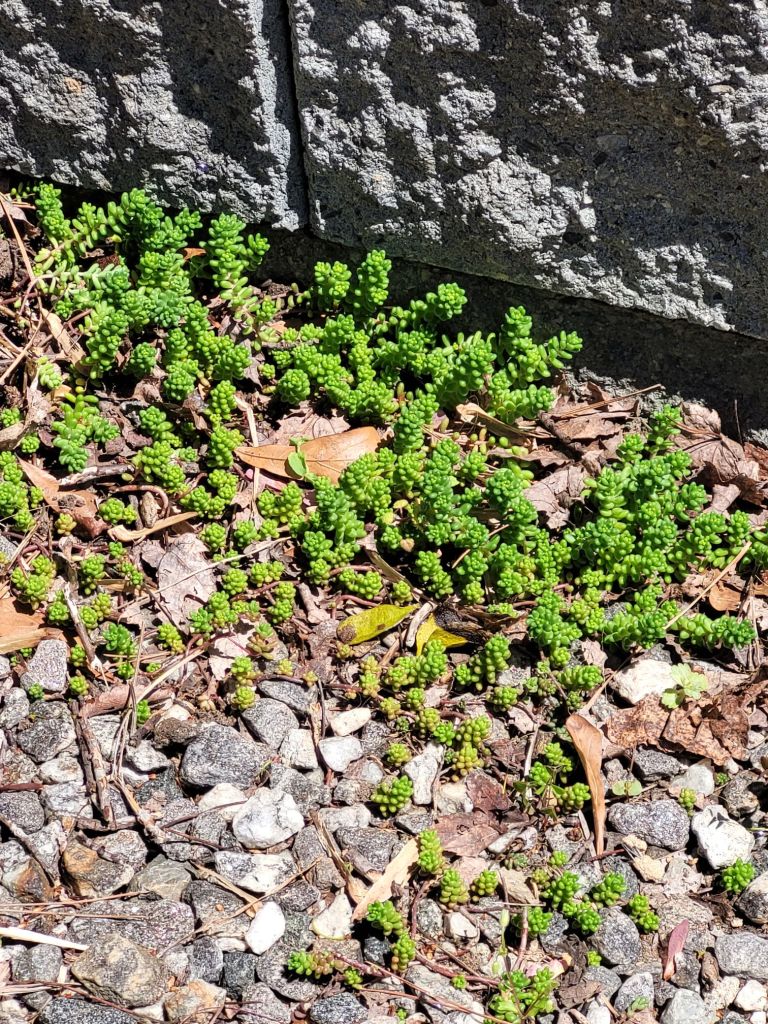
They have lovely, various shades of green, intricate blooms and unusual shapes.

If you have little time and/or energy but still want a garden, I suggest a small collection of sedums.
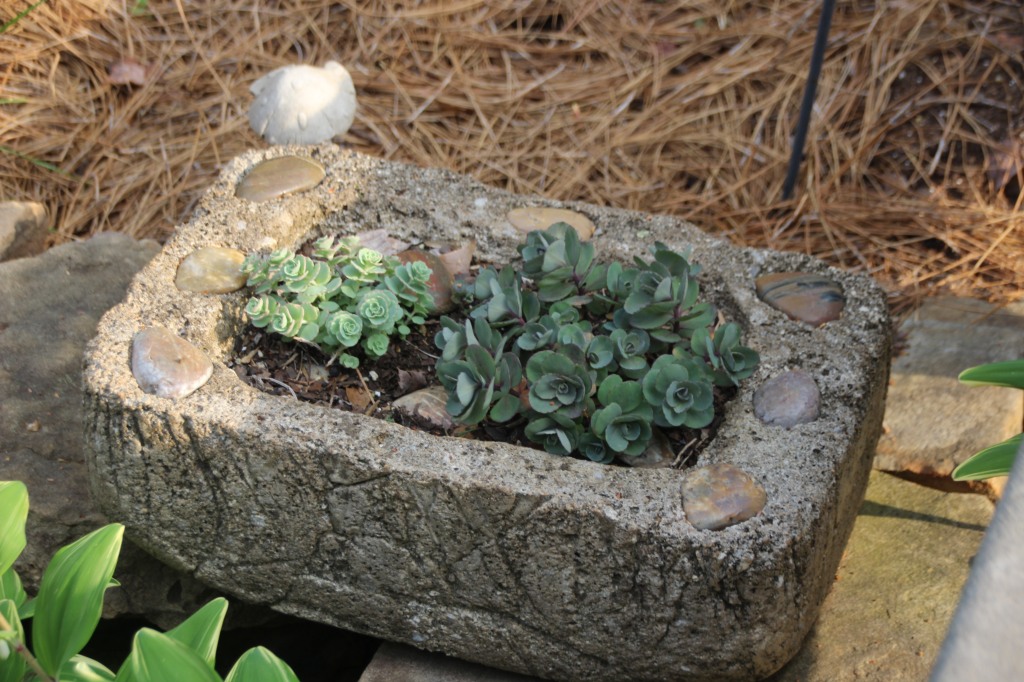
They change through the season and need very little care. They thrive in pots, troughs and walls. These can be kept close to sitting areas without them running wild and taking over. They are easy to move, remove and propagate.
WIN:WIN!
FLOW
